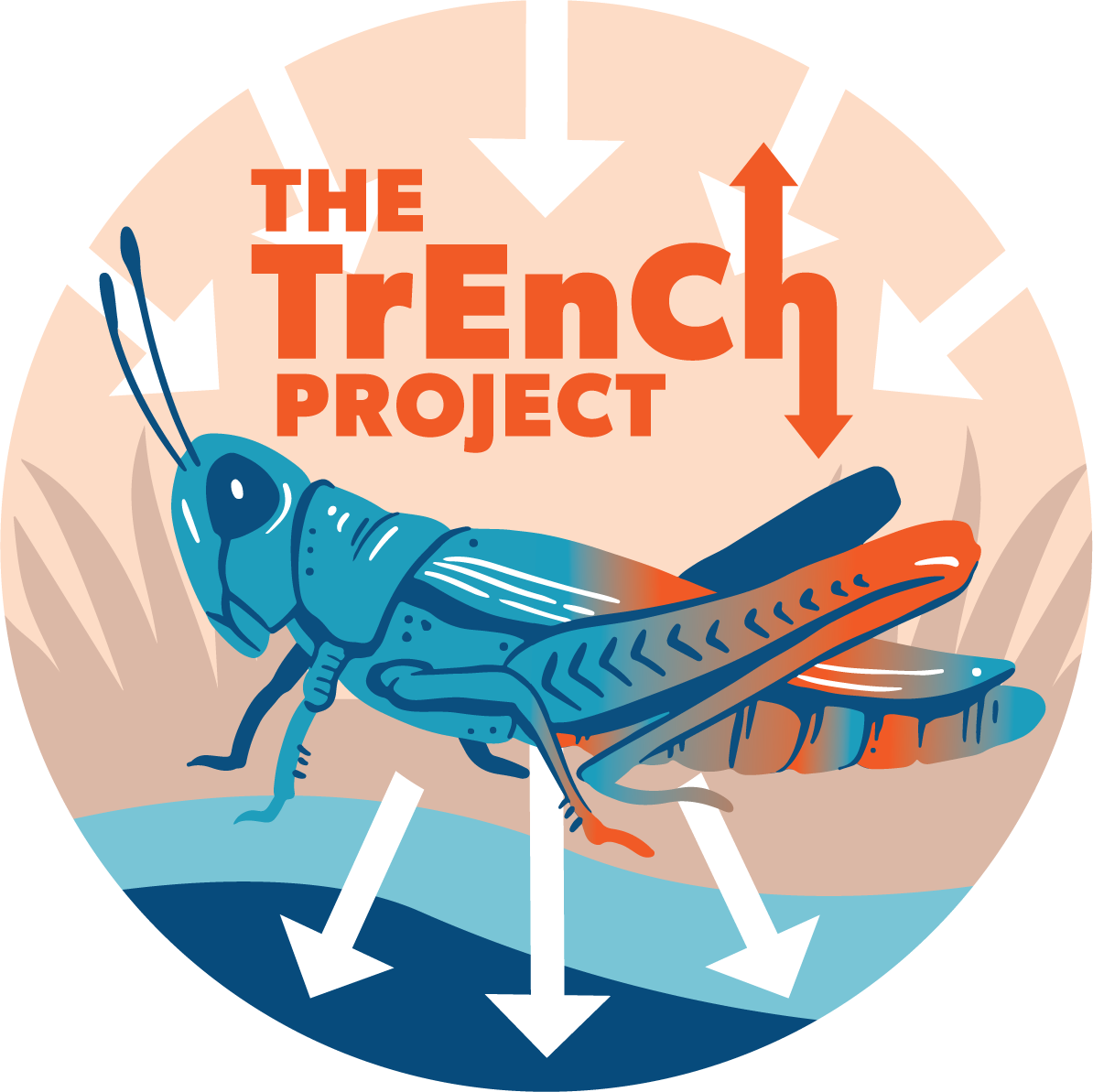
Predicting the ecological consequences of climate change requires 3 steps →

Step #1
We must study the environment at scales relevant to physiology. This means time measured at the scale of activity, and microclimate measured at the scale of physical experience.

Step #2
Translate microclimate into body temperature, using the relationships between heat transfer and organism phenotype. These patterns can be integrated with organismal performance data to predict consequences for survival, development, and reproduction.

Step #3
Combine fitness components to predict population demography and extinction risk - ultimately, allowing us to translate air temperature into metrics that matter.
1
2
3
4
Previous
Next




